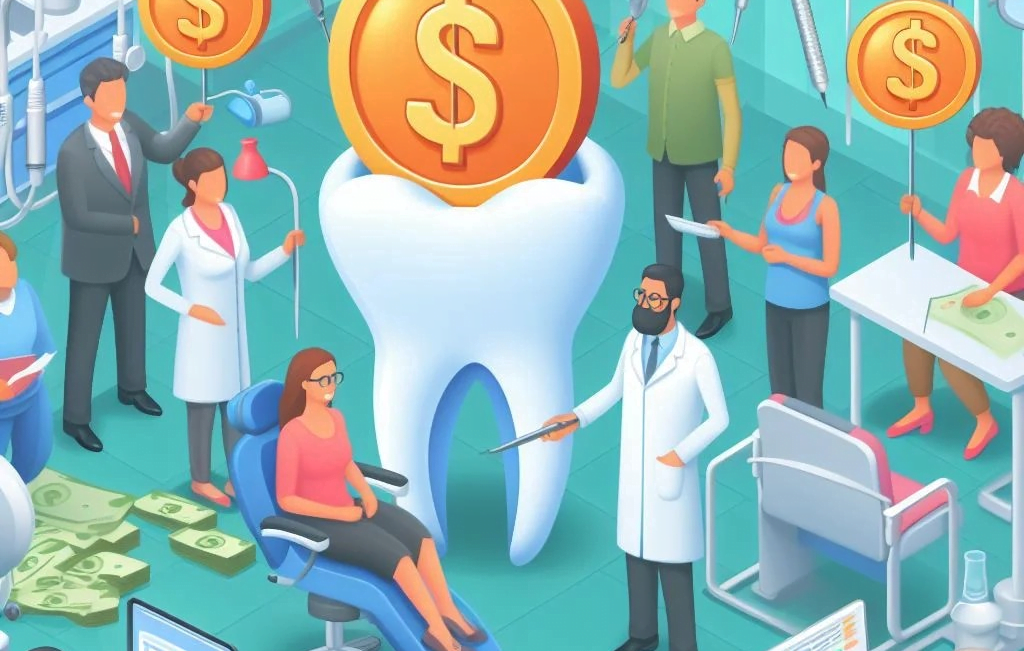Negotiating for a discount in a dental clinic can be a delicate dance between patient satisfaction and maintaining practice viability. In such situations, leveraging effective negotiation techniques is paramount. Here’s how the principles of the Harvard Method can unlock the secrets to successful negotiations in the dental chair:
1. Focus on Interest instead of Positions: When a patient requests a discount, it’s essential to understand their underlying interests. Is it financial constraints, fear of dental procedures, or something else? By empathetically delving into their needs, dentists can tailor solutions that address concerns while maintaining practice standards.
2. Focus on Collaboration: Emphasize open communication and teamwork. Invite patients to express their concerns and preferences openly. By fostering a collaborative environment, dentists can guide patients towards mutually beneficial solutions, such as payment plans or alternative treatment options.
3. Win-Win Approach: Strive for solutions that benefit both the patient and the practice. Highlight the long-term advantages of maintaining oral health and how investing in quality dental care outweighs short-term cost concerns. Show patients the value they receive beyond monetary savings, such as improved confidence and overall well-being.
4. Develop Alternatives: Offer flexibility by presenting alternative treatment options or payment plans. By providing choices, patients feel empowered and more likely to agree on a solution that meets their needs. Dentists can also explore discounts for future appointments or referrals as alternative concessions.
5. Keeping People and Problems Apart: Maintain professionalism and avoid personalizing the negotiation process. Focus on addressing the financial aspect of treatment without compromising the patient-dentist relationship. Assure patients that their request for a discount does not affect the quality of care or the dentist’s commitment to their oral health.
6. Independence from Standards: Be adaptable in finding unique solutions. While standard pricing may apply, dentists can customize treatment plans or offer bundled services to accommodate patients’ budgetary constraints. Flexibility in pricing structures demonstrates a commitment to patient care while upholding practice standards.
By incorporating these principles into negotiations, dentists can navigate discount requests with confidence, ensuring patient satisfaction while safeguarding practice integrity. Remember, successful negotiations hinge on effective communication, collaboration, and a commitment to finding solutions that benefit both parties.
.gif)



Share your thoughts, Get involved!
Comments
1. Clarify the Objection: Start by asking, "Why do you say it’s too expensive?" to understand their concern.
2. Shift Focus to Results: After they express their concern, ask, "Is cost the most important thing for you, or actually getting results and solving the problem?" to redirect their focus.
3. Highlight Long-Term Value: Depending on their response, explain the potential risks of choosing the cheaper option versus investing a little extra for a permanent solution. Emphasize the concept that "you buy cheap, you buy twice."
4. Reframe Thinking: Reframe their mindset from cost-based to results-based thinking by highlighting the value of investing in a solution that provides long-term benefits.